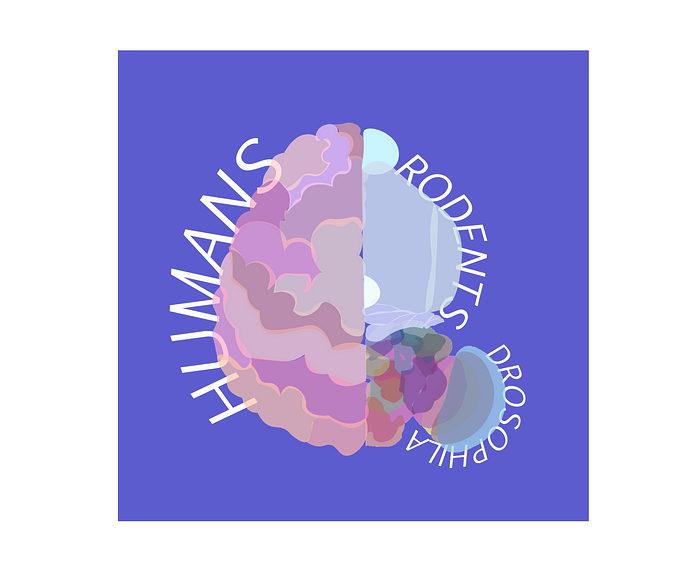Member-only story
How We Sleep
Exploring Sleep Among Common Animal Models

While its exact function and role remains unknown, the importance of restful sleep is incontestable. Lack of sleep leads to impaired cognitive function, an increased drive to sleep, and can have long-lasting impacts on health. It has been implicated in a variety of roles including waste clearance, metabolic health, brain recovery, and macromolecule synthesis.
It is therefore essential to gain a nuanced understanding of the kind of sleep experienced by the animals we research. This general overview of sleep states in key animal models is essential to understanding current research regarding differences in sleep in each species.
Rodents
Perhaps the most prevalent animal model for sleep are rodents. Rats and mice are the most commonly used, with two distinct stages of sleep: non-Rapid eye movement (nREM) sleep, and rapid eye movement (REM) sleep. Defined predominantly through electroencephalographic (EEG) and electromyographic (EMG) studies, nREM is classified as a stage of sleep associated with slow sleep wave oscillation in the neocortex, sharp wave-ripples (SWRs) in the hippocampus, and a decrease in cerebral blood flow in humans.1 REM sleep, however, is characterized by EEG and EMG activity resembling alert waking behavior — reduction in sleep wave amplitudes, loss in…
